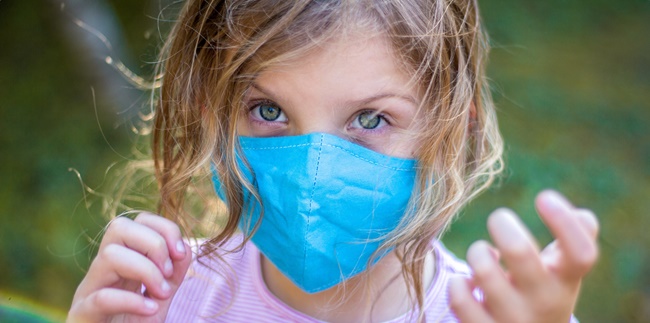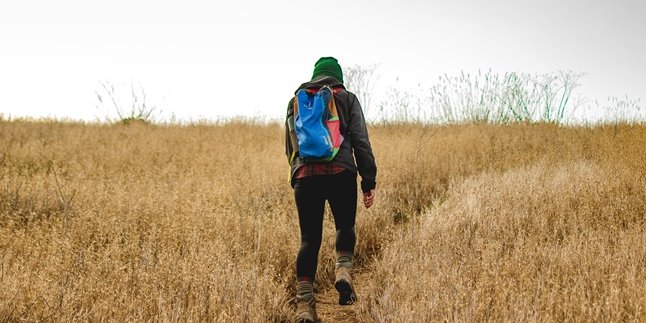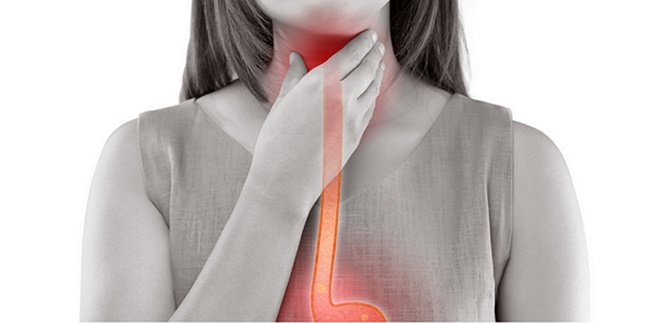Kapanlagi.com - There are various types of allergens that can occur in children with certain causes. Generally, allergies in children can cause symptoms such as rashes, coughing, or shortness of breath. Therefore, it is important to know the types of allergens in children to prevent further risks.
Parents are often worried whenever they see their children sick. Especially children are among the age group that is quite vulnerable to certain health disorders such as allergies. Because their antibodies are known to be not fully formed.
In newborns, it is known that their antibodies or immune system can be obtained from the mother through breast milk. This is why it is important for parents to pay attention to the health, nutrition, and vitamins of their children to ensure their growth and development and prevent certain health disorders.
In this case, children are more susceptible to allergies that come from allergenic substances. For example, food allergies, dust allergies, or milk allergies. Therefore, below is a review of important allergen triggers in children that parents need to know.
In addition to the types of allergies in children, also understand the reactions and causes of symptoms. Just read the review of important allergen triggers in children that parents need to know, which has been summarized by kapanlagi.com from various sources.
1. Dust Allergy

(credit: unsplash.com)
There are various types of allergy triggers in children that parents need to know. One of them is dust allergy, which can come from the environment that may unknowingly stick to certain items or locations. This causes allergic reactions in children, resulting in symptoms such as coughing or sneezing.
Generally, dust allergies attack the respiratory system, causing symptoms such as coughing or sneezing. However, some symptoms may also appear, such as itching, red eyes, shortness of breath, or a stuffy nose. Therefore, parents need to pay attention to the cleanliness of the child's environment to prevent dust allergies.
2. Allergy to Pollen and Fungus
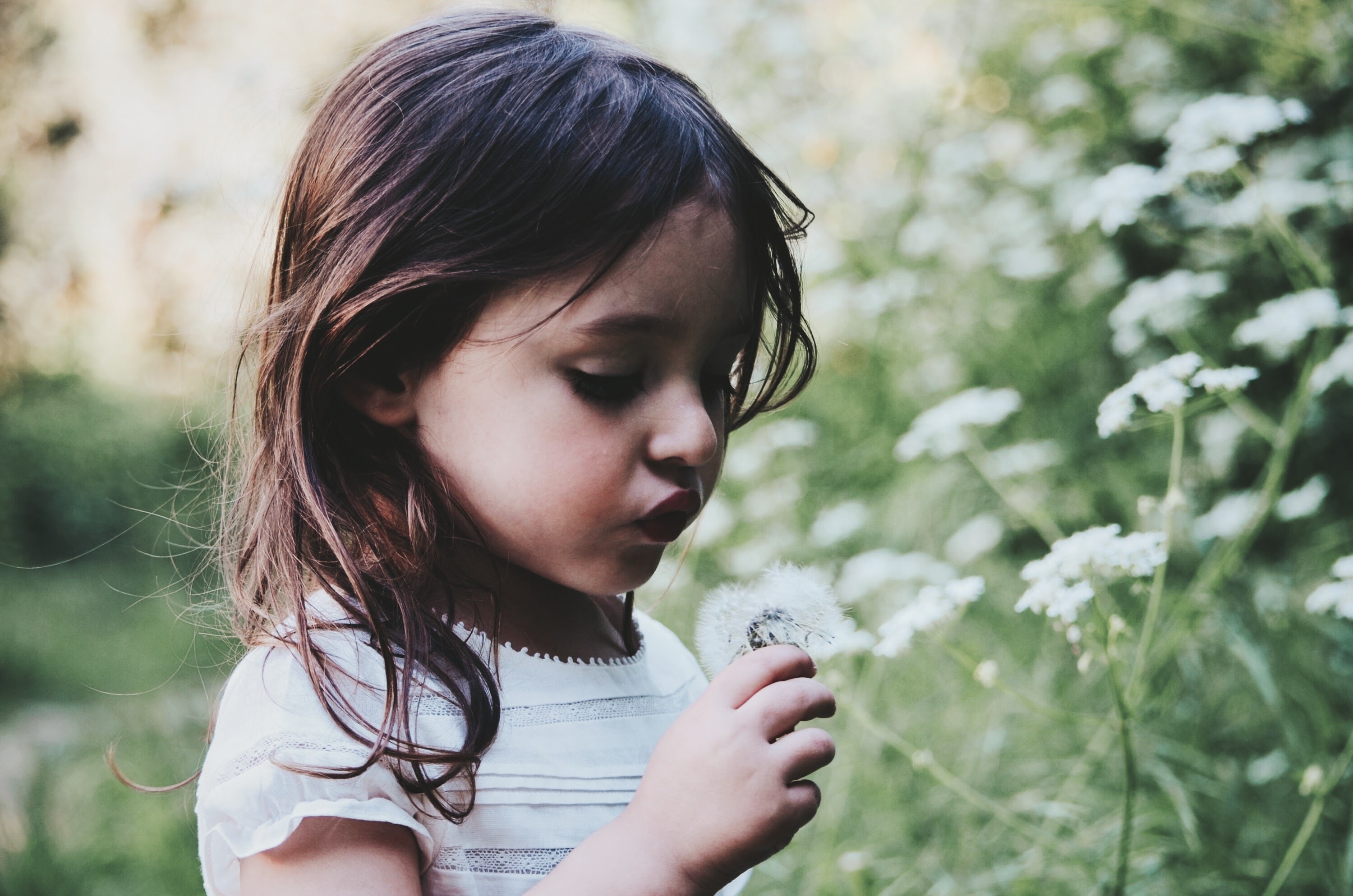
(credit: unsplash.com)
Just like dust allergies, pollen can also cause allergic reactions in children. Pollen can come from trees, flowers, grass, or certain types of plants. When pollen particles are released into the air, they can trigger allergic reactions in children. This happens when children accidentally inhale pollen particles and cause allergies.
In addition to pollen, fungal spores can also trigger allergies in children. Fungi can grow in certain locations, causing allergic reactions when accidentally touched or inhaled. However, each child has different allergic reactions caused by pollen or fungi.
3. Pet Allergies

(credit: unsplash.com)
The next important trigger for allergies in children that parents should know is pet allergies. This is because some pets have fur that can cause allergic reactions. For example, cats and dogs are among the most popular household pets.
Unfortunately, if the child is allergic to pet fur, certain symptoms may occur. For example, sneezing, coughing, or shortness of breath. In addition to pet fur, saliva can also be an allergen for the child. If it causes allergic reactions, mothers can keep pets away from the child's environment to prevent allergies in children.
4. Drug Allergy
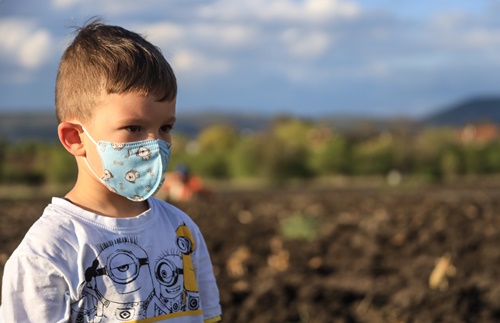
(credit: unsplash.com)
Apparently, certain drugs can also trigger allergies in children. Therefore, the type of allergy in children that parents need to know is drug allergy. According to hellosehat.com, drug allergies can occur because of an excessive immune system reaction in children to the drugs they use. Some symptoms of drug allergies in children include rash, itching, shortness of breath, or swelling of the eyelids. Allergic reactions can occur at different times.
5. Wheat Allergy
Another important type of allergy in children that parents need to know is wheat allergy. This type of allergy falls under food allergies that occur in children. Some common symptoms of wheat allergy include rash, itching, swelling, nausea, vomiting, or diarrhea. However, celiac disease, which is often associated with gluten, is different from wheat allergy.
6. Cow's Milk Allergy

(credit: unsplash.com)
One important trigger for allergies in children that parents should be aware of is milk allergy. One of the types of milk that can actually cause allergic reactions is cow's milk. According to halodoc.com, a number of children under 3 years old experience allergies to the protein in cow's milk. The symptoms that arise from cow's milk allergy can vary.
Among the symptoms of cow's milk allergy in children are vomiting, diarrhea, coughing, or decreased appetite. Therefore, if a child shows a reaction to cow's milk allergy, the mother should be more careful in paying attention to the food consumed by the child.
7. Specific Food Allergies

(credit: unsplash.com)
In addition to wheat and cow's milk, another important type of allergy in children to be aware of is allergic reactions to specific foods. Among the foods that can cause allergies in children are eggs, nuts, certain types of fish, and seafood.
According to hellosehat.com, children who have food allergies such as eggs, milk, wheat, or soy usually outgrow them by the age of 5. However, allergies to seafood or nuts can persist into adulthood.
8. How to Prevent Allergies in Children
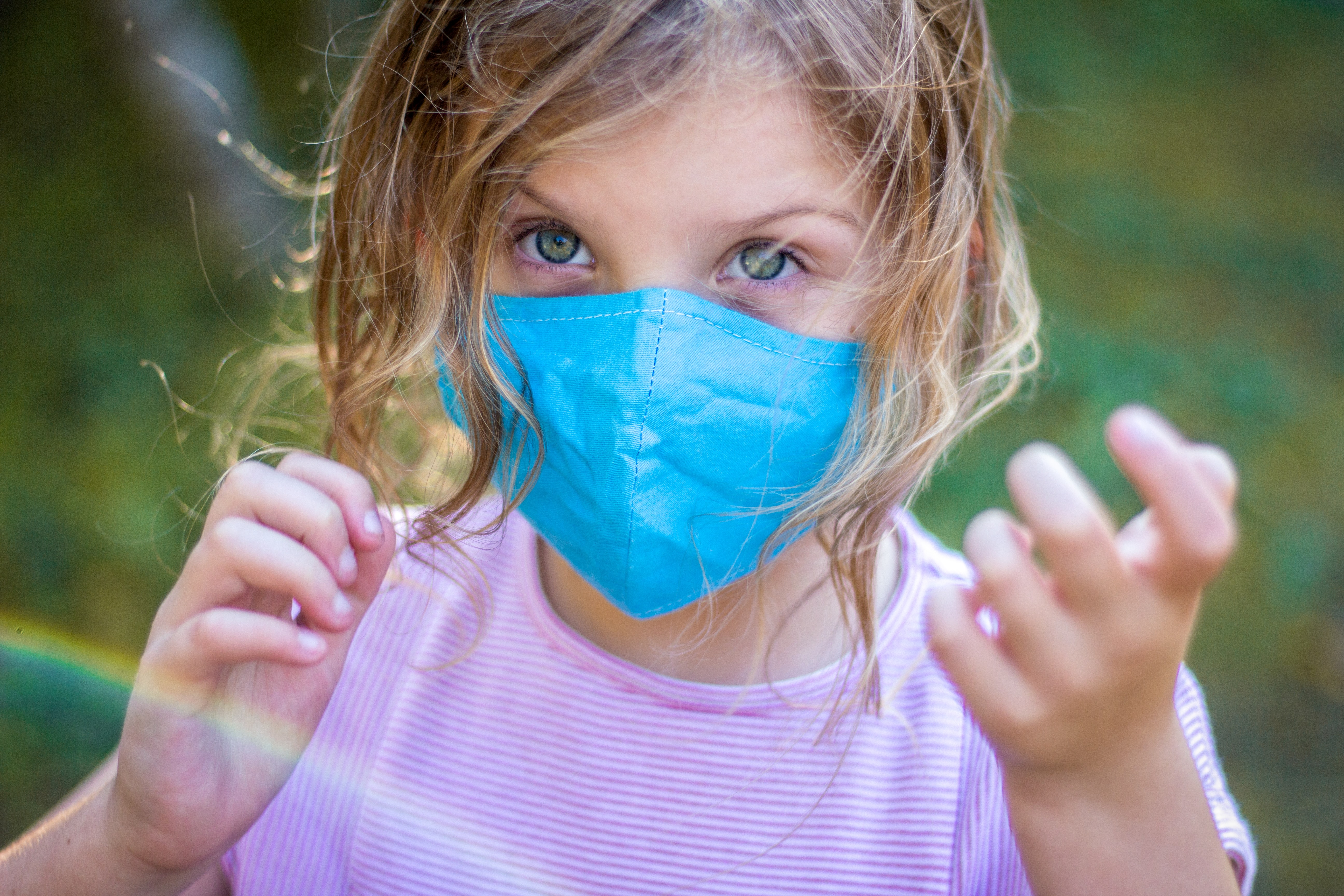
(credit: unsplash.com)
After knowing the types of allergies in children as mentioned above, here are some ways to prevent allergies in children. It is important for parents to know how to prevent allergies in children to keep their little one's body healthy. The ways to prevent allergies in children can be found in the following review.
- Identify the triggers of your child's allergies.
- Make sure to provide exclusive breastfeeding for your little one according to their age.
- If it is a food allergy, make sure to gradually introduce complementary feeding (MPASI) to your baby, usually starting at 4-6 months old. Identify some foods that may cause allergic reactions during MPASI.
- Keep your child away from cigarette smoke, which can trigger allergic reactions.
- If it is a dust allergy, clean the house, rooms, or places where your child stays to make it free from dust, mold, or pet dander.
Those are the 7 types of allergy triggers in children that are important to know, recognize the symptoms as early as possible. Some types of allergy triggers in children, as mentioned above, can be used as a reference for parents to maintain their little one's health.
Source: halodoc.com, hellosehat.com
(kpl/nlw)
Disclaimer: This translation from Bahasa Indonesia to English has been generated by Artificial Intelligence.
